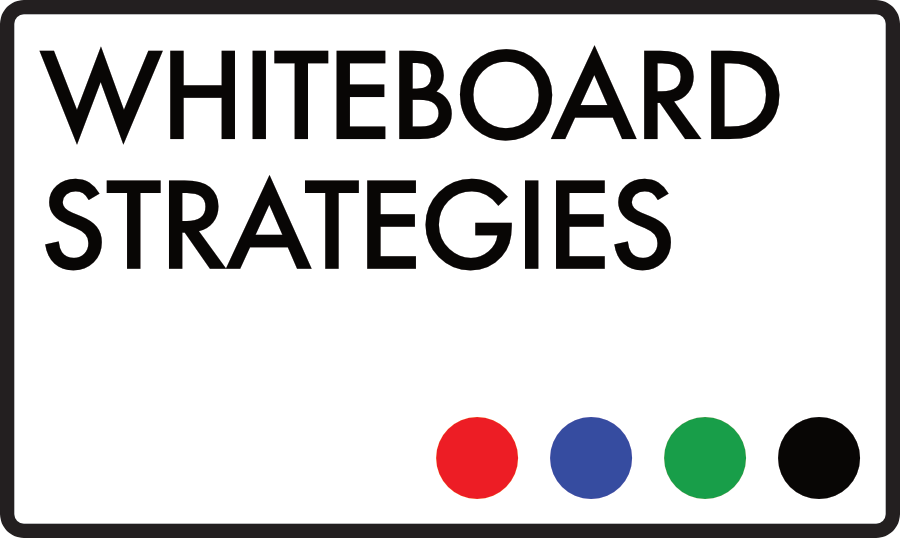I spend a lot of time telling people about how a concise, structured whiteboard presentation can be a game-changer when it comes to persuading prospects, clients and internal decision makers. That’s down to a number of factors—the way that standing to work the whiteboard changes the dynamic in a meeting room, the way that a whiteboard lends structure, shape and direction to a story, and the way that visual communication taps into the most fundamental parts of people’s brains, aiding understanding and information retention.
It can all start to sound a bit complex, but in fact the absolute opposite is true. Simplicity is key to the clarity of a message, especially when dealing with complex issues or large amounts of data. People can understand difficult issues, and extremely detailed solutions, if those issues and solutions are presented to them in a memorable and compelling way.
Steve Jobs knew that—that’s why simplicity was at the heart of his presentation style (and, ultimately, at the heart of Apple as we know it today). Watch any one of his product launch presentations to see how simple the structure is, how clear the message, how clean the delivery. Even his signature black turtleneck was a way of stripping out any unnecessary detail
So it’s no surprise that Steve was an avid whiteboarder.
Imagine the company you had co-founded firing you… then rehiring you because they were on the very brink of bankruptcy. In 1996, Apple was staring into the abyss, haemorrhaging money and customers due to comprehensive mismanagement, confusing products and disastrous marketplace positioning.
When Jobs arrived back at Apple in an advisory role in 1997, one of the first things he did was to give a legendary whiteboard presentation. A really, really simple whiteboard presentation that would completely change Apple, starting it on a trajectory that has resulted in the company we know today. You know, the world’s most valuable brand; the company worth $1.4 trillion according to Carl Icahn, or $750 billion by Forbes’ more conservative estimate. Soak that in for a second—a company on the brink of collapse, a pivotal whiteboard presentation from one of the greatest communicators of our time, and a transformation resulting in the world’s most successful brand.
That’s how powerful the whiteboard can be.
If you are a product marketer, a B2B positioning specialist, a marketplace analyst, sales leader or anyone that needs to communicate the value of proper positioning and marketplace perspective, you’ve got to check out Jeremy Waite’s SlideShare on ‘that’ whiteboard presentation. As Waite himself says, “When Steve Jobs took over Apple in 1997, one whiteboard session changed the entire company – and as a result changed the world.”
Check it out below, inspirational stuff.

Recent Comments